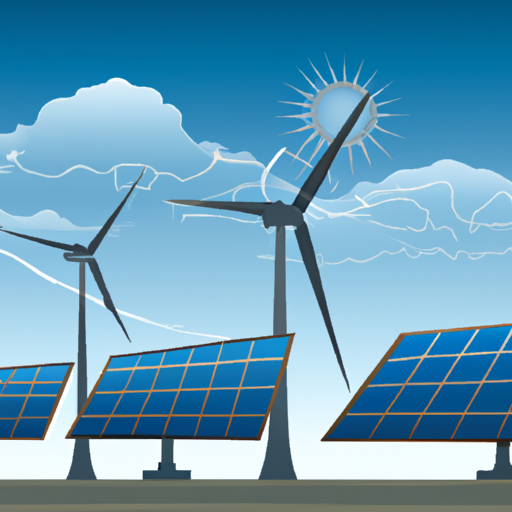The future of India as a key entity in global wind energy supply chains is looking positive, thanks to a well-thought-out plan to boost manufacturing and export capacities along with promoting local renewable energy expansion.
Insights from the India Wind Energy Market Outlook
A report titled India Wind Energy Market Outlook 2023–2027, recently released by the Global Wind Energy Council (GWEC) and MEC Intelligence (MEC+), sheds light on this development. Kane Xu, Chairman of Envision Energy India, stressed upon the critical role India could play in achieving net-zero emissions, leveraging the cohesive efforts of the government, industry stakeholders and institutions.
India’s Wind Energy Targets
The report also highlighted India’s ambitious goals of approximately 22 GW of wind energy capacity to be added within half a decade. Issues such as meeting increasing domestic clean energy requirements and facilitating wind energy rollout will present their own challenges. However, they also provide an opportunity for the wind energy industry in the country to evolve and grow.
India’s Strategic Positioning and Industrial Support
Sidharth Jain, Managing Director of MEC+, identified India’s strategic geopolitical location and scale as advantages that could help the nation emerge as a global supply chain hub. However, he also emphasized that it would require continual improvements in industrial competitiveness. Furthermore, while the Indian government has set a target of 140 GW of total installed wind energy by 2030, experts consider 100 GW to be a more realistic goal. To bridge this gap, timely policy measures and support from industry strategies would be necessary.
Expansion of Wind Energy in India
Despite a growing domestic demand and a conducive policy setting, obstacles such as infrastructure limitations and policy transmission delays may slow down progress. Practical estimations, therefore, suggest a more feasible target of 5 GW of wind energy by 2030. Nevertheless, the combination of burgeoning domestic demands, expanding wind tender allocations, and exploration of new wind energy arenas illustrate the energetic and changing landscape of the Indian wind energy market.
India’s Influence in Global Energy Transition
India’s prominent position on numerous international platforms enhances its scope to influence global efforts for transitioning towards a net-zero energy system. Commenting on this, Sumant Sinha, Chairperson of GWEC India, stated that with favorable policies, advanced supply chains, and emerging opportunities, India is well-positioned to play a pivotal role in meeting the ambitious global targets set for 2030.
Call For Concessional Financing
Although India has a global commitment of 500 GW, a call has been made for concessional financing to facilitate the growth of the wind energy industry in the country. There is also a need to reassess the contractual periods for the construction of onshore and offshore wind energy projects.
Opportunity for India in the Wind Energy Sector
India has the potential to optimally utilize a reviving local market and its existing wind manufacturing base to transform into a key entity in the worldwide wind supply chain. Clear objectives, establishing Free Trade Agreements (FTAs), and improving tax and documentation procedures will all play their roles in augmenting India’s global competitiveness and attractiveness for investments in the wind energy sector.
























